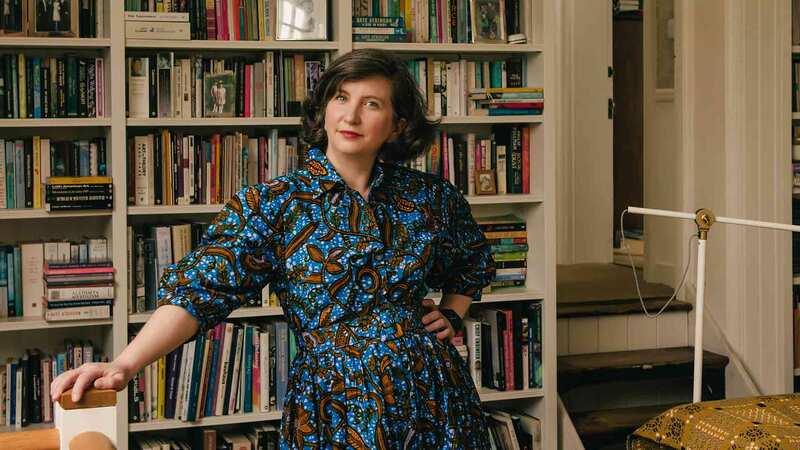You are viewing your 1 free article this month. Login to read more articles.
Writing history for children
I remember history lessons. Not the facts and the figures, though. Not the names and dates. Not the maps with colour-coded countries that changed ownership from year to year. What I remember is the smell of the desk polish, the stifling heat of the classroom, and the way my eyelids grew heavier and heavier.
My school was about as traditional as you can get, and when I was 13 years old we had our history lessons in the library, surrounded by dusty, leather-bound books. You might think it would be the perfect place, but it always felt so dull and the teacher’s droning voice suggested that he was as bored of the whole thing as I was. Perhaps he would have been happier at home, picking out replacement elbow patches for his tweed sports jacket. There was no life to it. No passion.
So it’s as much of a surprise to me as anyone else that my first novel for children takes place in 1941, during the Second World War – which, you’ll notice, is a historical setting. I feel the need to explain myself.
My Friend the Enemy
The initial seed of the idea for My Friend The Enemy arose from my own family’s connections to the Second World War. Very few families were untouched by the enormity of that war and mine was no different, but when I learned about the death of my great-grandparents' adopted son, a spark of interest was ignited.
Clive was nine years old when an unexploded German bomb killed eight people in a small north-eastern village where he lived, not far from where I now reside. It’s often difficult for writers to pinpoint where their stories come from, but hearing about Clive started the niggling itch of an idea that refused to be scratched. What would it have been like for a child living through those terrible years?
The human stories
So I turned to the Internet to begin digging, and what I discovered was a wealth of human stories that brought the period to life. No longer was history just a stream of dates and numbers and names, but it became a living, breathing reality. I read first-hand accounts of the thrill of watching aeroplanes dog-fighting overhead. I took a glimpse into the homes of people who went to great lengths to make every scrap of food count, and to use every last resource available to them.
My heart lurched at every story about the telegram boy delivering that awful news, and I experienced the excitement at the discovery of every treasured souvenir. Through those accounts I began to see beneath the surface to the incredible mix of emotions that children would have experienced during those dark, yet exhilarating times. This wasn’t history; this was life.
As an author of children’s fiction, I am privileged to be able to go into schools and talk to groups of children about my book and about the Second World War, and what I have noticed most of all is that it’s the personal stories that interest them. That’s what widens their eyes and has them all raising their hands to tell me about a grandparent or great-grandparent who did this or that during the war.
From the girl whose grandfather was at Normandy, to the boy whose grandmother fell off her bike into a bush during an air raid, that’s what brings history to life: the human stories.
My Friend the Enemy by Dan Smith is out now, published by Chicken House.














